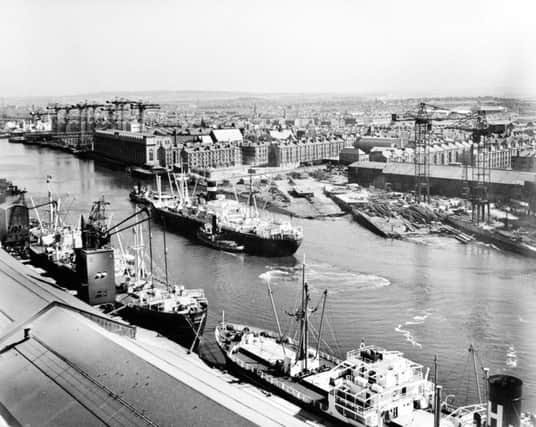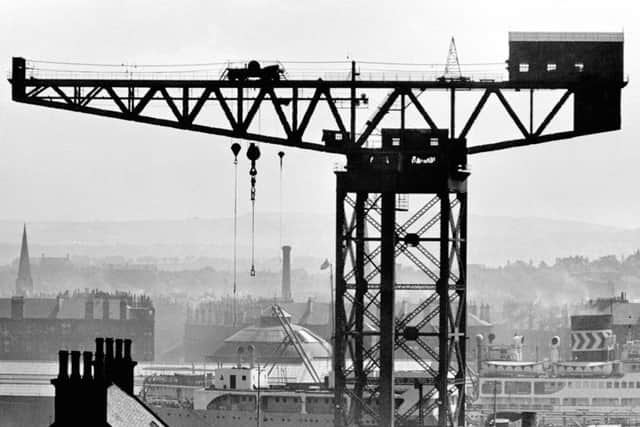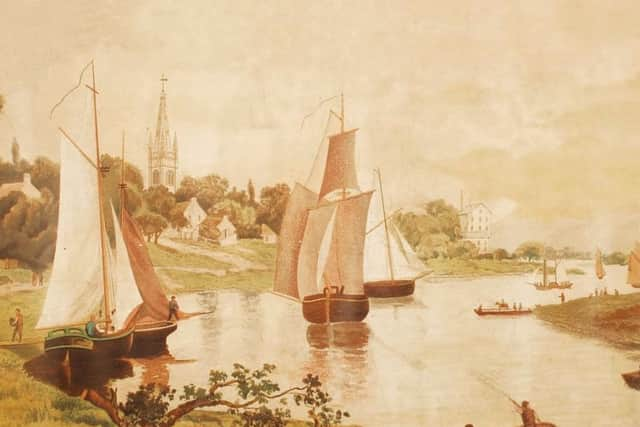Exhibition captures the changing face of the River Clyde


The Clyde is synonymous with the city it runs through.
While it remains a working river, with two shipyards producing naval vessels at Govan and Scotstoun, much of the city’s maritime industry has vanished over the last 50 years.
Ocean liners no longer depart for North America from Yorkhill Quay, while the Queen’s Dock has been infilled to make way for hotels and an exhibition centre.


Advertisement
Hide AdAdvertisement
Hide AdNow a photographic exhibition will chart the evolution of the waterway over the centuries and the dockside communities it supports.
Clyde Life opened today at the Riverside Museum and presents 22 striking images from Glasgow Museums’ collection.
The images chronicle the transformation of the Clyde across a 200-year period, from the early 1800s until the present day.
“Clyde Life reveals many evocative aspects of the iconic river that will delight and surprise visitors,” said Councillor Archie Graham, chairman of Glasgow Life.


“It begins with a beautiful watercolour by an unknown artist, showing salmon fishing in the early 1800s, and moves through the years.
“Strong black and white photos show the majestic Finnieston crane and the vast changes that accompanied the rise of heavy industry.
“The final images ignite a touch of nostalgia, looking back on great city successes like the Glasgow Garden Festival and the construction of Riverside Museum itself.”